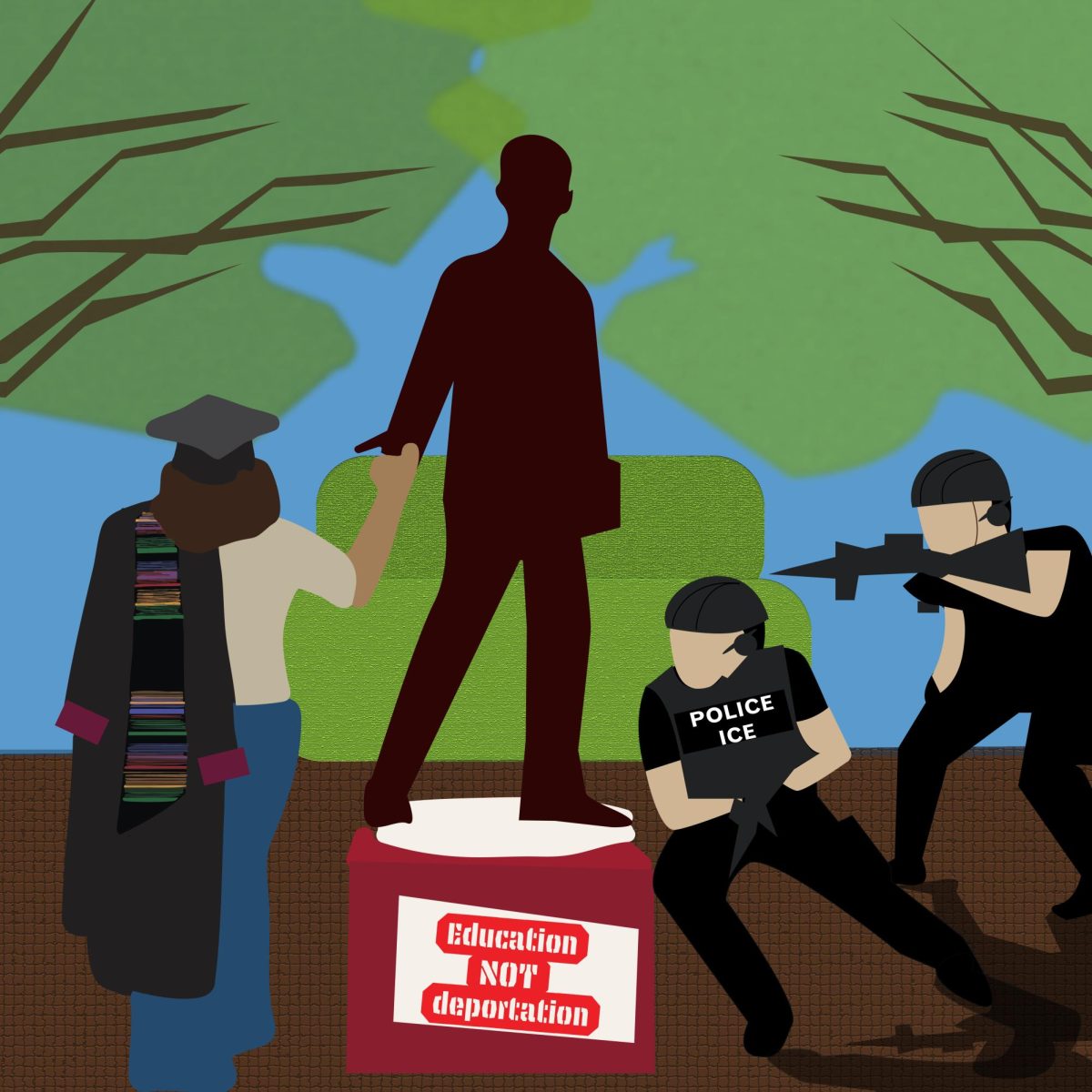Student journalists are often sidelined and thought of as “lesser than” when it comes to comparisons from those on the outside. The reality, however, is that student journalists play a bigger role in the journalism world than some may think and it is important to begin paying attention to them now.
News deserts, a growing problem in the country, can be described as any community with limited access to reliable news and information. According to the Washington Post, these deserts leave residents “ignorant of what’s going on in their world.” Without proper news sources, false information can spread and people are less inclined to participate in important discussions. In Texas alone, there are 21 counties without a newspaper.
While student publications already play a vital role in campus culture by keeping students up to date, they have also begun to step up and fill in the gaps created by news deserts. By covering things like local elections and issues, university newspapers provide surrounding communities with information they might not have been able to receive otherwise.
According to The Conversation, the number of full-time statehouse reporters dropped 6% from 2014 to 2022. Despite this decline, university students once again filled the gap and now make up about 11% of state capitol reporters in the United States. Student media has a growing presence in the country and shows no signs of disappearing anytime soon.
Throughout the past few decades, newspapers across the country have suffered steep job losses, further contributing to the problem. According to Pew Research Center, U.S. newsroom employment has dropped 28% since 2008. These newsrooms have been forced to rethink the way they go about presenting their work to the communities surrounding them, often turning to an online-based approach.
Student journalists are not strangers to the problems facing newsrooms today. Many college newspapers, including The Ranger at San Antonio College, have been forced to go fully online or shut down completely due to budget cuts. Though these issues are very real, they don’t signify the end of student journalism. Instead, they teach students how to quickly adapt to what is happening in the world around them.
Within the city of San Marcos, Texas State is arguably its own community. It has three separate dining halls, its own form of government, health resources for students, a fully equipped recreation center and its own police force.
Without the work of The University Star, there would be no uniform way to keep students up to date with all that goes on within the Texas State community. In addition, The Star also acts as a check on university officials by holding them accountable for their actions. The Star is an important resource for all Texas State students and it should not be taken for granted.
Working for a student newspaper places aspiring journalists one step ahead of the game. At these papers, students learn how to effectively communicate their ideas and they gain the skills necessary to know what goes into publishing quality work.
Those who work in student journalism might soon be the same people who work at nationally recognized publications. Pay attention to their voices and pay attention to the stories they work so hard to provide because that passion is something that deserves to be known.
-Rhian Davis is a journalism freshman
The University Star welcomes Letters to the Editor from its readers. All submissions are reviewed and considered by the Editor-in-Chief and Opinion Editor for publication. Not all letters are guaranteed for publication.
Opinion: It’s important to pay attention to student journalists
Rhian Davis, Opinions Editor
May 11, 2023
0
Donate to The University Star
Your donation will support the student journalists of Texas State University. Your contribution will allow us to purchase equipment and cover our annual website hosting costs.
More to Discover















